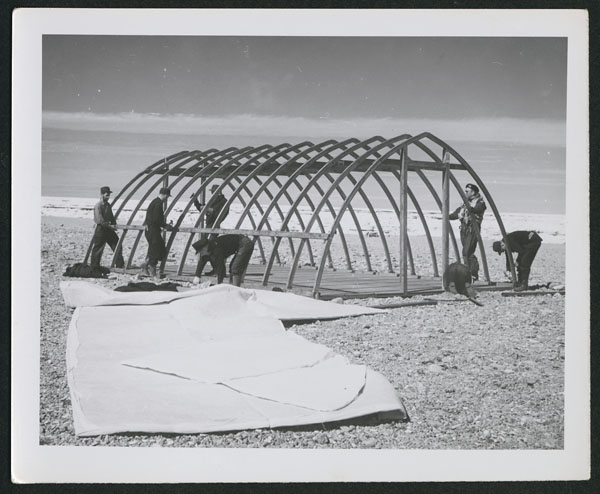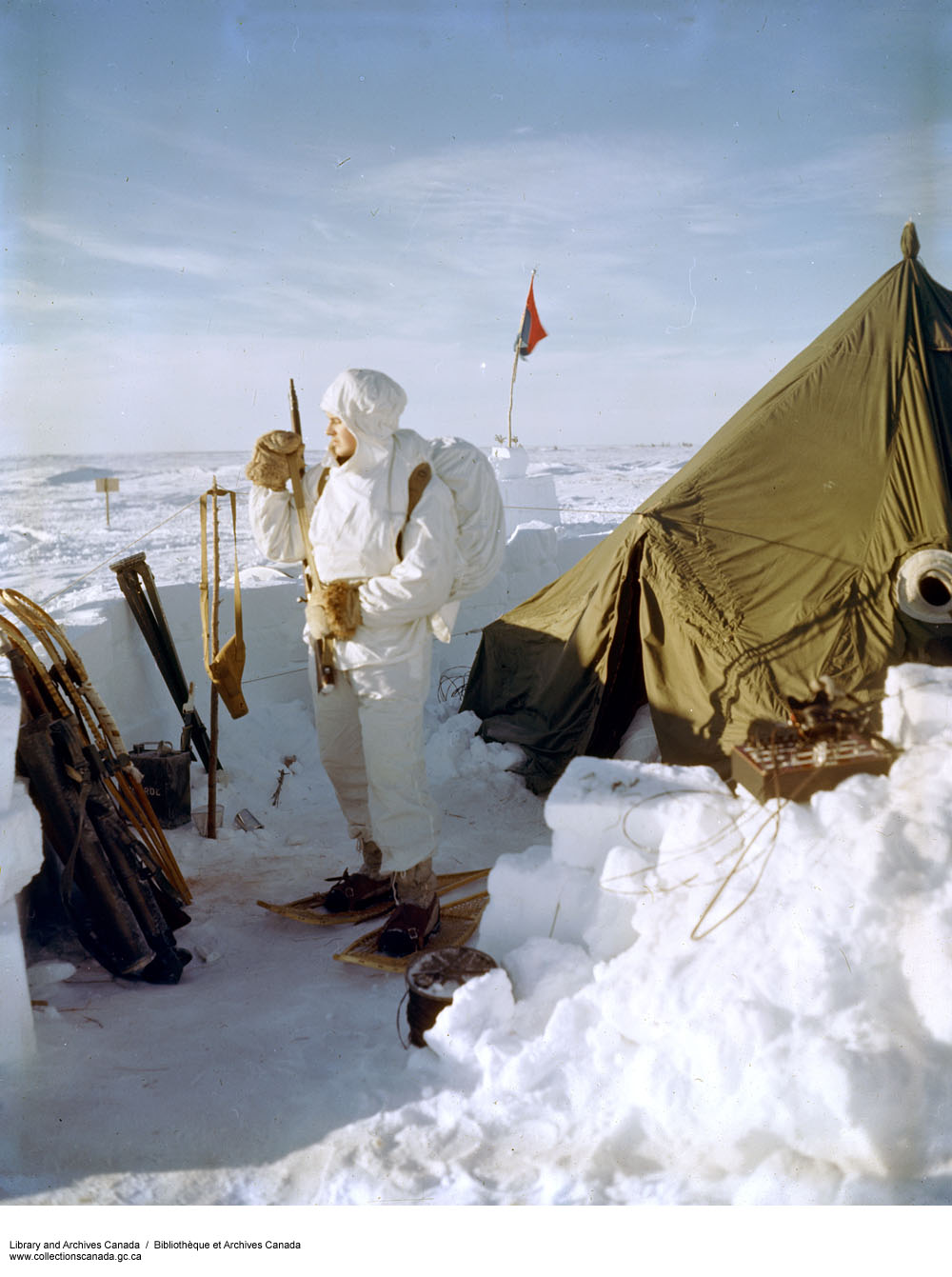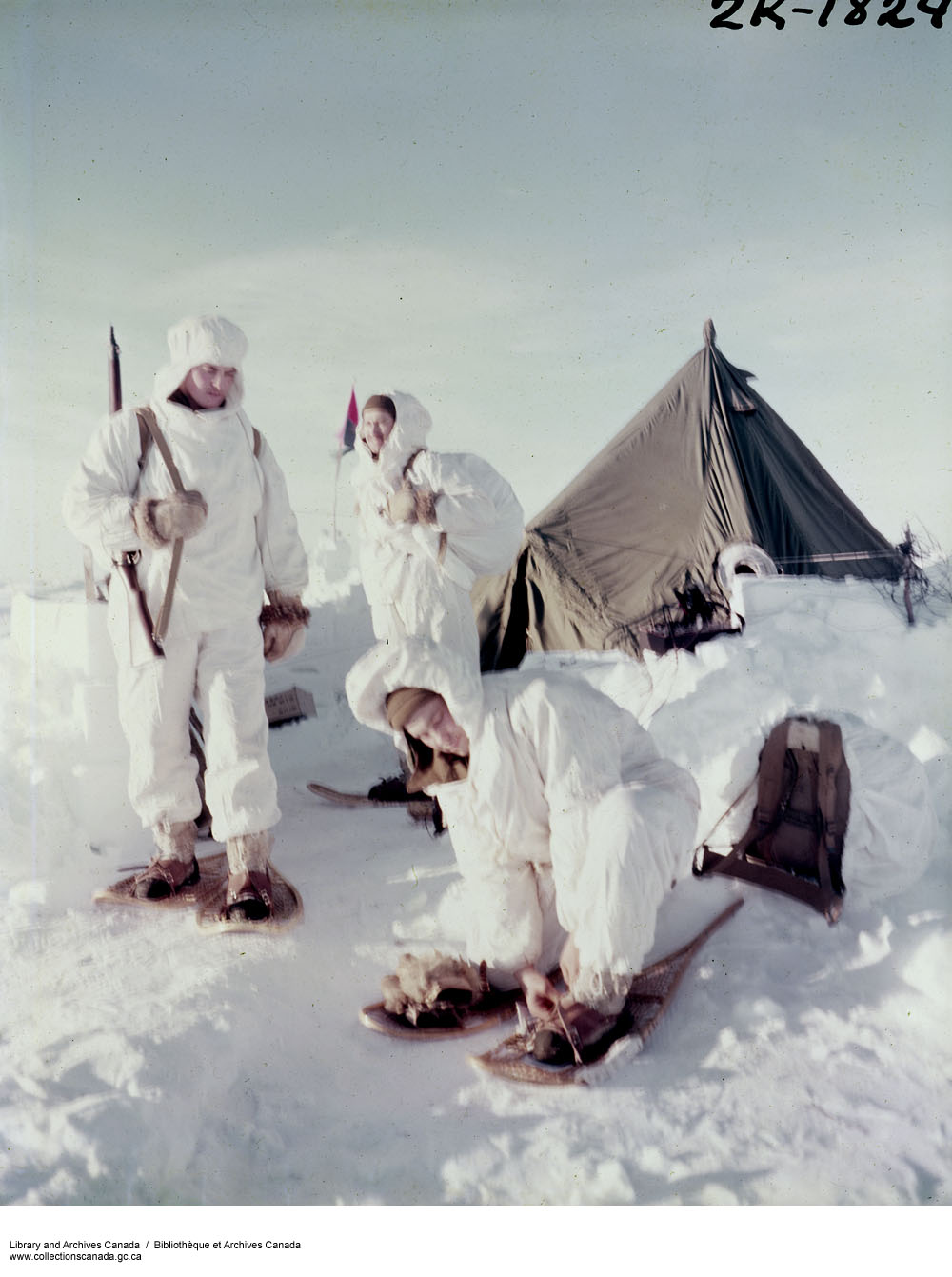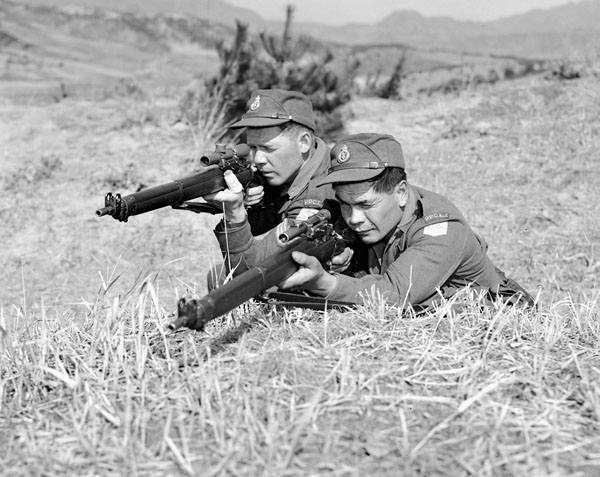- Reaction score
- 16,263
- Points
- 1,160
Looking at Google Earth, it appears that there are ammunition bunkers about 2.4km west of the airport. I was not aware there was much of a military presence there to justify such structures?

Old Sweat said:At one time - fifties and early sixties? - the army operated Fort Churchill as a camp housing the Winter Warfare School and a missile test range and R&D establishment. It was also used for winter exercises for units of the Mobile Strike Force and its successors. The father of a classmate of mine on officer training had been posted there as a technical staff officer.
Later on, I believe the Exercise New Viking cadre was there, and Air Command had a detachment to support air navigation training. (When I was in the training shop at FMC, we used to task people to support the winter warfare instructors course there. At one point we realized that the FMC positions used for the New Viking cadre somehow had disappeared and reappeared as light blue for the air navigation task. That was when we decided to run the winter warfare instructors course at Wainwright.)
Old Sweat said:Churchill also figures in Canadian Airborne Gunner lore; in the early seventies the Canadian Airborne Regiment conducted a winter exercise there. After it ended there was some time before redeployment and at the request of the local RCMP detachment, the regiment was CBed to keep them out of town as some of the locals were eager to test them in a punch up..
Several of the most senior NCMs in the battery, including at least two future RSMs, convinced the battery CO to let them visit the Churchill museum as it had some interesting artifacts concerning the early days of exploration. I don't know what the CO was thinking, but one thing led to another, and they all ended up in the slammer.
Colin P said:Looking at Google Earth, it appears that there are ammunition bunkers about 2.4km west of the airport. I was not aware there was much of a military presence there to justify such structures?





Rifleman62 said:(I doubt it was armed, but recollection says mushroom cloud 15 miles away. Does anyone have something to add? )
Old Sweat said:At one time - fifties and early sixties? - the army operated Fort Churchill as a camp housing the Winter Warfare School and a missile test range and R&D establishment. It was also used for winter exercises for units of the Mobile Strike Force and its successors. The father of a classmate of mine on officer training had been posted there as a technical staff officer.
Later on, I believe the Exercise New Viking cadre was there, and Air Command had a detachment to support air navigation training. (When I was in the training shop at FMC, we used to task people to support the winter warfare instructors course there. At one point we realized that the FMC positions used for the New Viking cadre somehow had disappeared and reappeared as light blue for the air navigation task. That was when we decided to run the winter warfare instructors course at Wainwright.)
Lightguns said:I would say that those photos are closer to 46 than 66. Stens, Lee Enfields; 37 Pattern sling, flare gun holster, and that's a 37 Pattern large pack under the camo cover judging by the shoulder straps. Mids 50s all that webbing was green and 51 Pattern. Mid 60s would see C1 rucksacks in use for arctic warfare.
Old Sweat said:Agreed, but I suggest the pictures date from the early fifties. In the third picture from the top we can see an artillery flag in the background and a director stand (it looks like a folded tripod) leaning against the snow wall. This suggests the unit could have been 1st Light Battery or its successor, Z Bty. The latter stopped jumping circa 1955 and became a medium battery with 155mm towed circa 1956-1957. Also, the wooden snowshoes were replaced by the magnesium version in the late fifties.
Old Sweat said:Agreed, but I suggest the pictures date from the early fifties. In the third picture from the top we can see an artillery flag in the background and a director stand (it looks like a folded tripod) leaning against the snow wall. This suggests the unit could have been 1st Light Battery or its successor, Z Bty. The latter stopped jumping circa 1955 and became a medium battery with 155mm towed circa 1956-1957. Also, the wooden snowshoes were replaced by the magnesium version in the late fifties.

